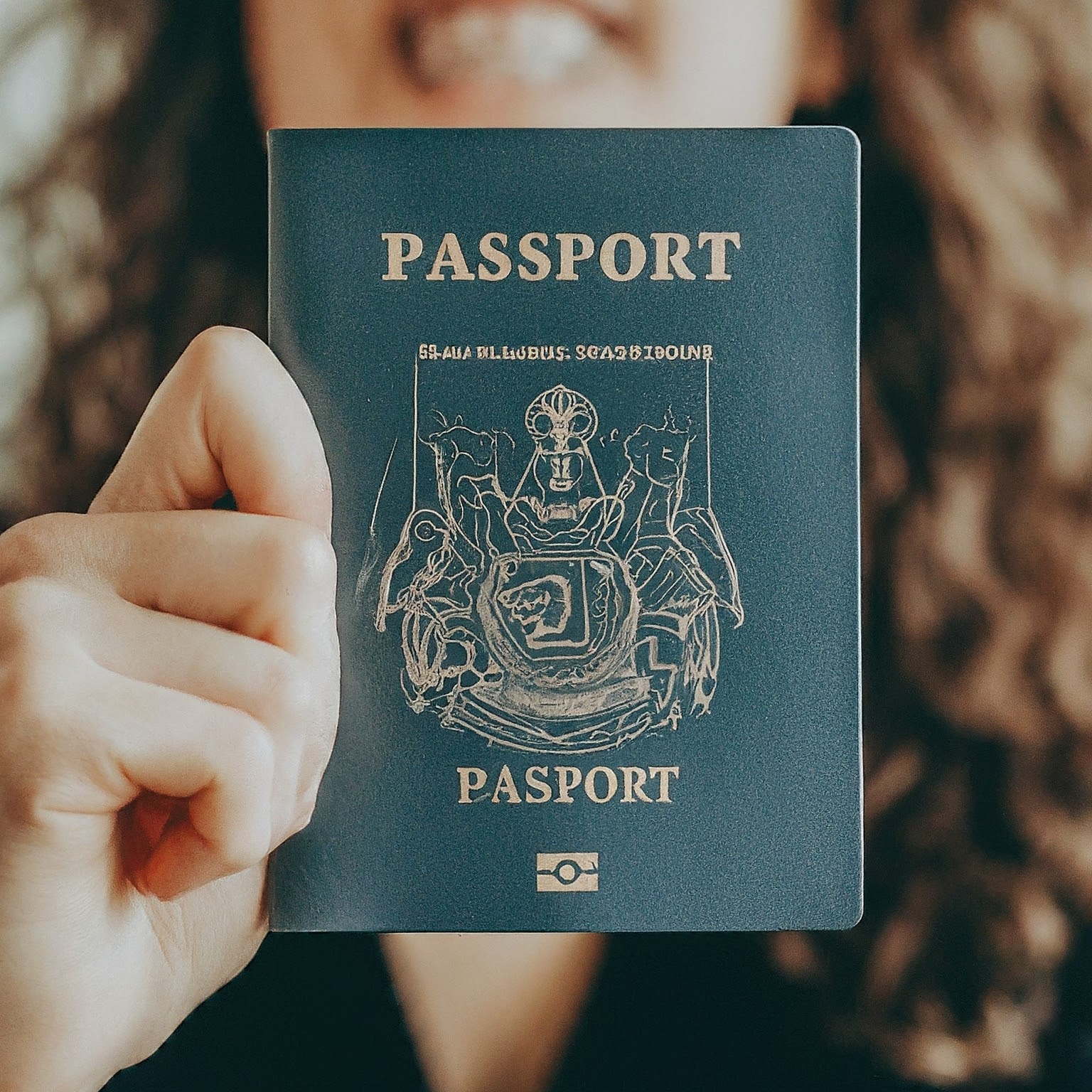Foreign country codes play a crucial role in our globally connected world. Whether you’re dialing a friend overseas, sending a package, or browsing websites with international domains, understanding these codes is essential. In this comprehensive guide, we’ll delve into the world of foreign country codes, exploring their types, uses, and why they matter.

What Are Foreign Country Codes?
At their core, foreign country codes are numerical or alphanumeric identifiers assigned to each country or territory. They serve as unique labels, differentiating one nation from another in various forms of communication. There are several types of foreign country codes, each with a specific purpose:
-
Telephone Country Codes (Calling Codes): These numerical codes are used to dial international phone numbers. For instance, the foreign country code for the United States is +1, while the code for the United Kingdom is +44.
-
ISO Country Codes (Alpha and Numeric): The International Organization for Standardization (ISO) has developed a system of two- and three-letter codes (e.g., US for the United States, FRA for France) and three-digit numeric codes (e.g., 840 for the United States, 250 for France) to represent countries and territories. These codes are widely used in data processing, finance, and other fields.
-
Internet Country Code Top-Level Domains (ccTLDs): These two-letter codes are used in website addresses to indicate the country where the site is registered. Examples include .us for the United States, .uk for the United Kingdom, and .ca for Canada.
Why Are Foreign Country Codes Important?
Foreign country codes play a pivotal role in facilitating seamless international communication and interaction. Here’s why they matter:
-
International Calling: Without foreign country codes, it would be impossible to place calls to people or businesses in other countries. These codes ensure that your call is routed correctly to the intended destination.
-
Shipping and Mailing: When sending packages or mail internationally, including the correct foreign country code is essential for accurate delivery.
-
Online Identification: Foreign country codes in website addresses help users identify the geographic origin of a website, providing valuable context.
-
Data Analysis: ISO country codes are invaluable for analyzing data on a global scale, allowing researchers and businesses to categorize and compare information across different countries.
-
Financial Transactions: In international banking and financial transactions, ISO country codes are used to identify the countries involved in a transaction, ensuring regulatory compliance.
How to Find and Use Foreign Country Codes
Finding the appropriate foreign country code is simple and straightforward. Several online resources provide comprehensive lists and search tools for both telephone country codes and ISO country codes. Here are some reliable sources:
-
Countrycode.org: This website offers a comprehensive database of country codes, including calling codes, ISO codes, and ccTLDs.
-
Wikipedia: List of Country Calling Codes: Wikipedia provides a detailed list of telephone country codes.
-
IBAN.com: List of Country Codes: This resource offers a list of ISO country codes and other relevant information.
When using foreign country codes for international calling, it’s important to include the plus sign (+) before the code. This signifies that you are dialing an international number.
Case Study: The Importance of Foreign Country Codes in E-commerce
To illustrate the real-world significance of foreign country codes, consider the case of a global e-commerce company. This company sells products worldwide, and foreign country codes are essential for several aspects of its operations:
-
Shipping: The company uses foreign country codes to calculate shipping costs, ensure accurate delivery, and comply with international customs regulations.
-
Payment Processing: ISO country codes are used to verify the customer’s location and process payments in the appropriate currency.
-
Website Localization: The company uses ccTLDs to create localized versions of its website for different countries, improving the user experience for international customers.
-
Market Analysis: The company analyzes sales data using ISO country codes to identify trends and opportunities in different markets.
Foreign country codes are not merely arbitrary numbers or letters; they are the backbone of international communication and commerce. They enable us to connect with people and businesses around the world, making our planet feel a little smaller.
لا تعليق